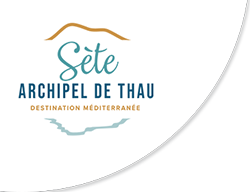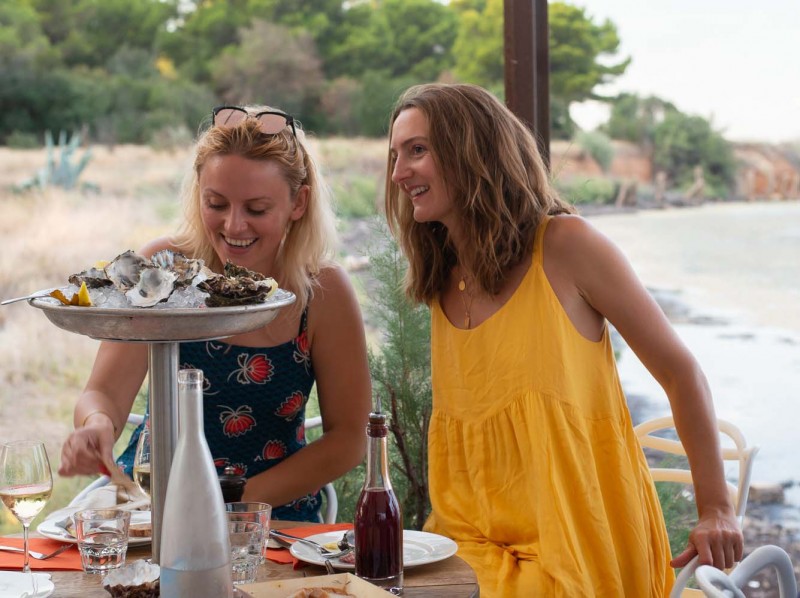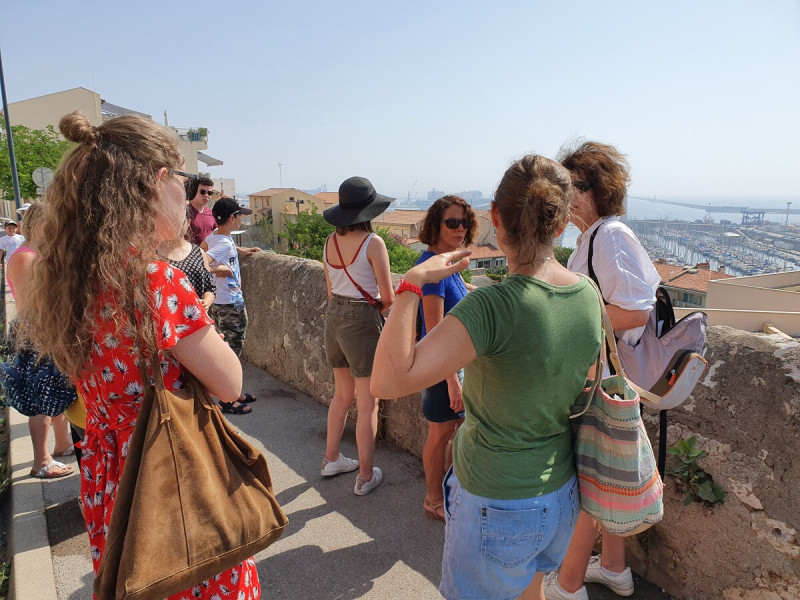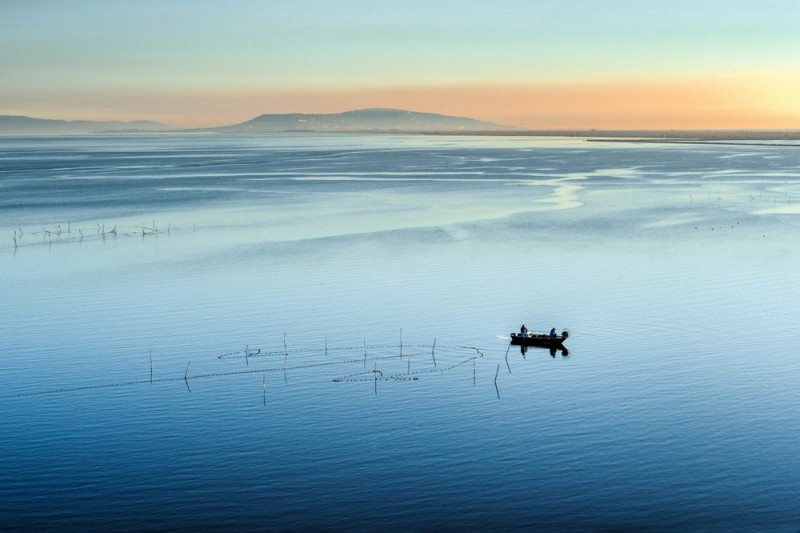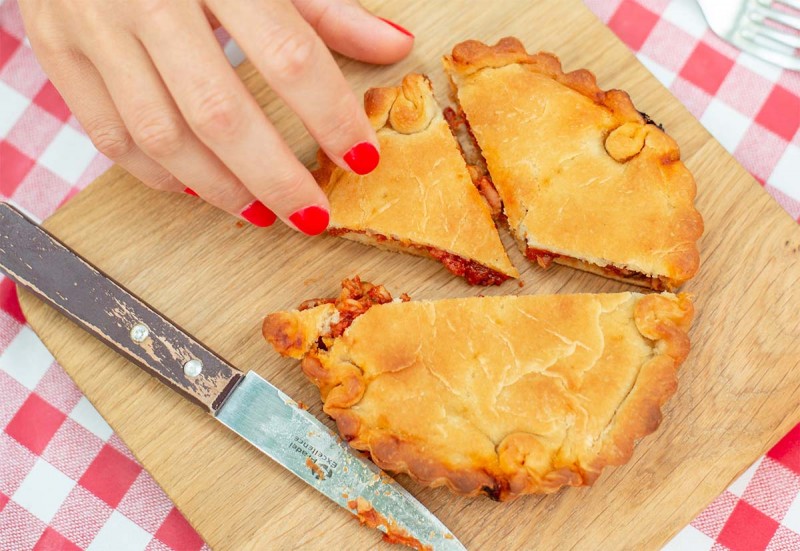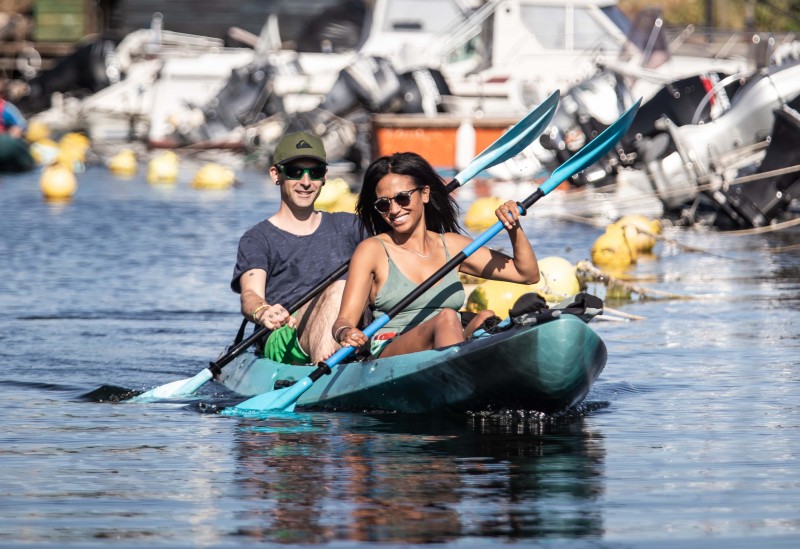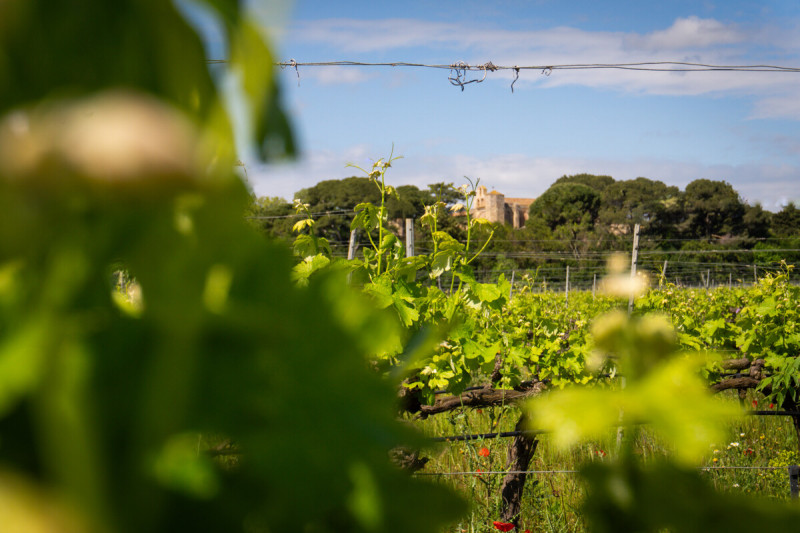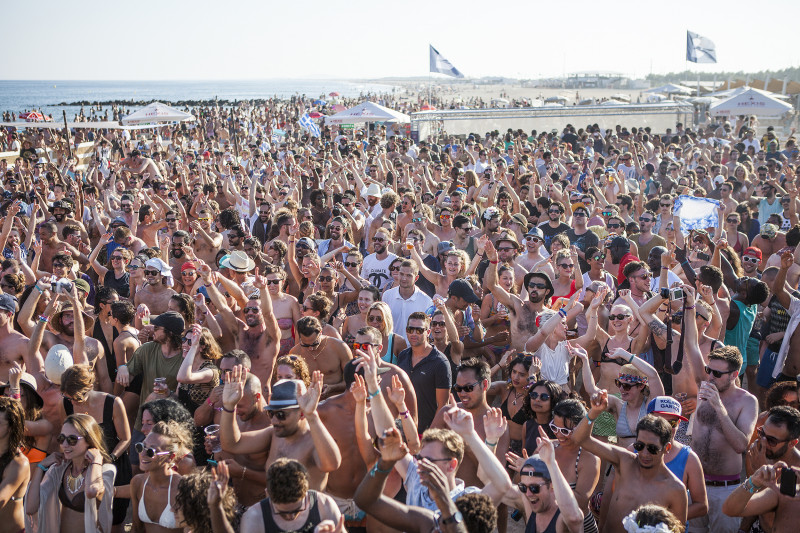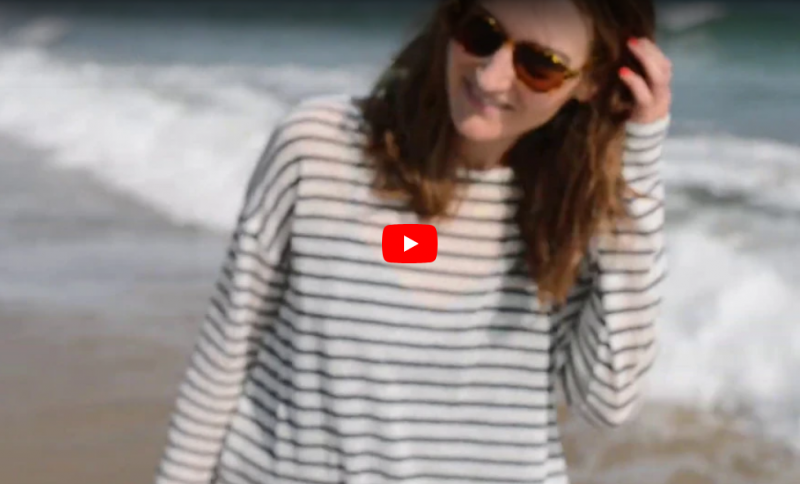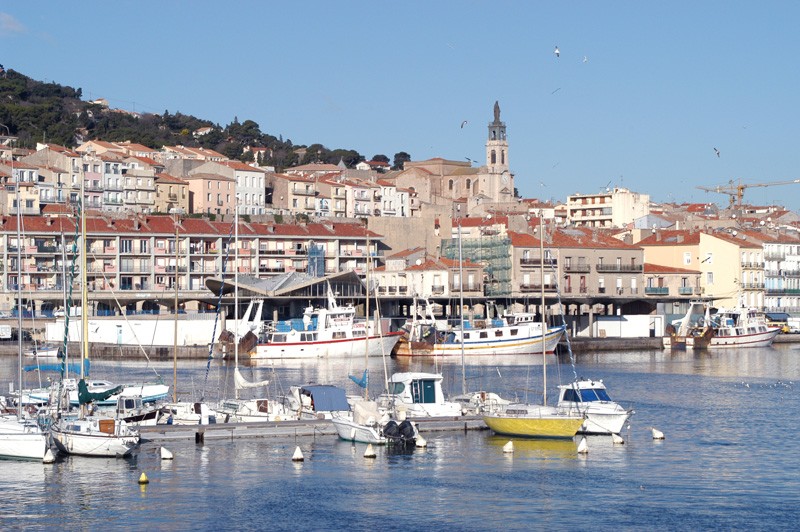Summer - Page 3
Discover the deepest lagoon in the Occitany region, where oysters and mussels have been farmed since ancient times!
Star products from the lagoon
The oysters and mussels cultivated on our territory owe their fame to the "peasants of the sea", who have maintained and developed ancestral trades and techniques. Take advantage of your stay to meet these producers who will open their doors to you and share all their production secrets with you!
Find out more about shellfish farm visits.The pleasure of welcoming you
Our restaurateurs and producers will be happy to make you discover fresh and tasty shellfish. They will undoubtedly be able to recommend the wine that will perfectly match your seafood platter! Let yourself be tempted and sit on the terrace facing the lagoon: a...
What better way to discover all the secrets of Sète than to take a tour with one of our guides? Whether you want to know everything about the life of Georges Brassens, the Molière theatre or the amazing street-art that covers the walls of the surprising MaCO, explore the port city every school holiday. Discover all the guided walking tours offered by the Office de Tourisme Archipel de Thau.
SÈTE HISTOIRE-LÀ
For history lovers, we suggest you start your stay with the "Sète Histoire-Là" guided tour. Meet your guide every Tuesday during the school holidays on the Place de l'Hôtel de Ville to escape for about two hours.
You will go back to the time of the creation of the port, through the upper quarter, before taking your way back to the marine cemetery and going back ...
Thau lagoon is a stunning example of biodiversity.
An ecological gem, the lagoon is 20 km long and 5 km wide. It is separated from the Mediterranean by a long stretch of sand, known as the Lido. The salty water has made it the ideal breeding place for oysters and shellfish since antiquity.
The only one of its kind in France and listed a Natura 2000 site, the lagoon is a reservoir of biodiversity with nearly 400 plant species and 100 animal species including clams, sea snails, sea urchins, sea bream, mullets, seabass and the famous seahorse that attracts divers from around the world.
Shellfish farms occupy over 1,300 hectares of the water in Thau lagoon.
Shellfish are Thau lagoon’s main resource. Oysters and mussels are grown by 800 farms on 2,800 shellfish rafts.
Take ...
Today, I'm learning to make the famous Sète tielle
to bring back the flavours of my vacation with me.
I have often heard about the tielle, this octopus pie and tomato sauce. I like to travel, but above all, I like to taste the culinary specialties! There's no better way to discover a culture, is there?
I go to the Halles de Sète to drink my coffee before starting the cooking workshop. The chef, very friendly, explains the origin of the tielle, its ingredients and how we will cook the octopus.
We start by making the dough, which was often the baker's dough at the time. A little flour, olive oil, yeast and salt, we knead well and here is our dough ready, we will let it rest until we prepare the rest.
The thawed octopuses, ready to boil, in a saucepan. Now we remove ...
The Mediterranean Sea and the Thau lagoon are beautiful playgrounds for lovers of water sports and leisure activities, whatever their level.
What are you waiting for to jump into the water?
The Thau archipelago along the water.
Local words: to discover the lagoon and the secrets of shellfish production for which the Thau basin is famous, there is nothing better than a boat trip! From the ports of Mèze and Bouzigues, former oyster farmers take you on a trip along the river, with explanations! Don't miss: the tasting walks and "sunset" outings in Mansathau, a delight for your taste buds and eyes!
The Thau lagoon: an ideal spot for kite-surfing
Kite-surfing combines the pleasure of a sliding sport, the technicality of a sailing sport and the adrenaline of an extreme sport...
See you in 2024 to vibrate to the same rhythm in the Thau Archipelago! On the programme of this top (non-exhaustive) list of festivals: music, art, good local produce, a little reading and poetry...
K-Live (early June)
Each year, by leaving their mark on the walls of the city, they enrich the Musée à Ciel Ouvert (MACO) in Sète, which offers an artistic and picturesque stroll all year round, dotted with mural works. But the highlight of the K-Live Festival remains the beginning of June, when urban arts, visual arts and contemporary music concerts converge in the streets of the city centre and in the famous Théâtre de la mer.
When I think of Fernande (end of June)
When you think of Fernande, you actually think of the most gently impertinent festival in Sète. A real n...
In Sète, there are the beaches of Paul Valéry,
Georges Brassens...
but there's also a life after the beach
A life of hut, on Mont Saint-Clair. A cultural life, with the Chapelle du Quartier Haut, the MIAM or the Espace Brassens. A lively culture also, from the Pointe-Courte fishermen's quarter to the Halles centrales, where you can taste tielles and shellfish, without forgetting the daily ball of the trawlers returning to the port.
A nocturnal culture too, with the fairy tale of the canals at night or the Théâtre de la Mer and its magical scene. More than a view, a vision....
Water is everywhere in Sète.
It is the biggest fishing port in the Mediterranean, thanks to the fish auction, the flotilla of tuna boats and trawlers and small net-casting activity in the sea and lagoon.
The fishing port in the Royal canal, sheltered from the old port, is a special attraction that has always seduced sea lovers visiting Sète. The fabulous spectacle of trawlers returning to port every afternoon can be admired from the breakwater or the promenade overlooking the old dock.
In the heart of the old port, the Sète fish auction provides produce throughout France including Paris, Lyon, Toulouse, Marseille, as well as Italy and Spain. The 17 trawlers and small fishermen catch ten tonnes of fish every day. The fish auction sells 90 species including monkfish, red m...

